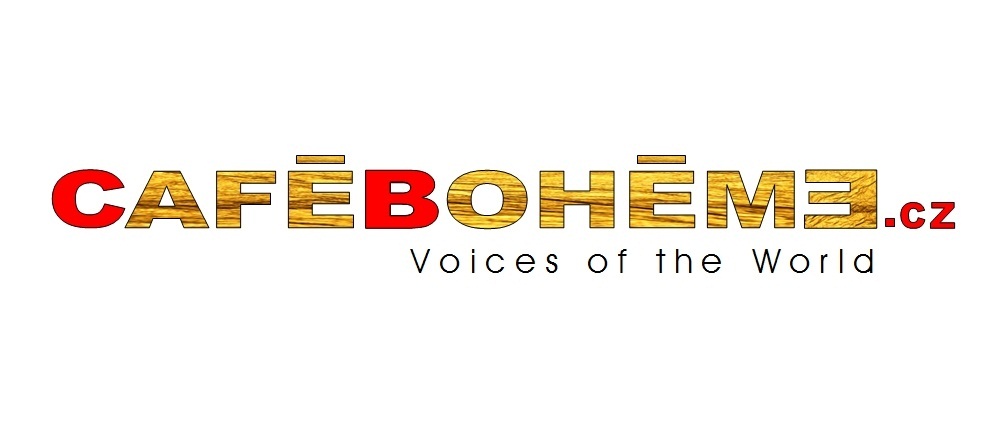
Jan Zrzavý
of the private collections
 The poetic quality of Zrzavý’s work, his illustrations for Erben’s Bouquet and Mácha’s May, his melancholy and minor sadness affected the sensitive souls of the Czech men and women for decades. He was a living legend when he was walking with his cane and beret on the castle staircase to his atelier in the house of the sculptor Hana Wichterlová. People would recognize him in the street and address him. During the last period of his life, he was considered a truly national artist.
The poetic quality of Zrzavý’s work, his illustrations for Erben’s Bouquet and Mácha’s May, his melancholy and minor sadness affected the sensitive souls of the Czech men and women for decades. He was a living legend when he was walking with his cane and beret on the castle staircase to his atelier in the house of the sculptor Hana Wichterlová. People would recognize him in the street and address him. During the last period of his life, he was considered a truly national artist.
He drew on the symbolism of the beginning of the 20th century. He was always himself, totally different. After his avantgarde beginnings, he could be mostly ranked among the artists preferring neoclassicism, New Objectivity, magic realism, we could also talk about metaphysical painting.
The most famous of Zrzavý´s pictures are not spontaneous, quite the other way around – their composition was prepared very thoroughly. He painted especially during the night. He did not need the light of day and his motif in front of him, he was not a realist painter but worked by heart and based on his sketches. For each of his works, a series of preparatory drawings was created, together with a final charcoal drawing of the same size.
The focus of the exhibition is on the four most important spheres of the artist’s work. His early, joyful, and sometimes also erotic drawings made around World  War I were replaced by mainly women’s figures endowed with psychological content. His religious motifs, faces of smiling angels, the Christ and John the Baptist filled with the light of a powerful charismatic secret give the impression of an extraordinary intensity. The last part of the exhibition consists of landscapes both from Brittany and Bohemia, the regions of Vysočina and Ostrava, the Roman Via Appia, and Venice. His pictures of Venice and most of his still lives are dominated by geometry, only slightly adapted to the image of real world.
War I were replaced by mainly women’s figures endowed with psychological content. His religious motifs, faces of smiling angels, the Christ and John the Baptist filled with the light of a powerful charismatic secret give the impression of an extraordinary intensity. The last part of the exhibition consists of landscapes both from Brittany and Bohemia, the regions of Vysočina and Ostrava, the Roman Via Appia, and Venice. His pictures of Venice and most of his still lives are dominated by geometry, only slightly adapted to the image of real world.
Jan Zrzavý´s landscape is always a stage where no people have come yet, since they have just left. And, at the same time, it is a still life, only instead of apples and vases, it has houses, trees and wells. As for the ships, the artist would paint them in the lee of the port in Camaret, scattered over the calm water surface like apples and pears on a tablecloth. Among the exhibited works, we can find many of the auction records from the past years.
Curators: Martina Vítková a Petra Patlejchová
Exhibition halls on the 1st floor of the Schulz Wing
Museum Kampa
U Sovových mlýnů 2, 118 00 Malá Strana
Opening hours
from 10 a.m. to 6 p.m.





